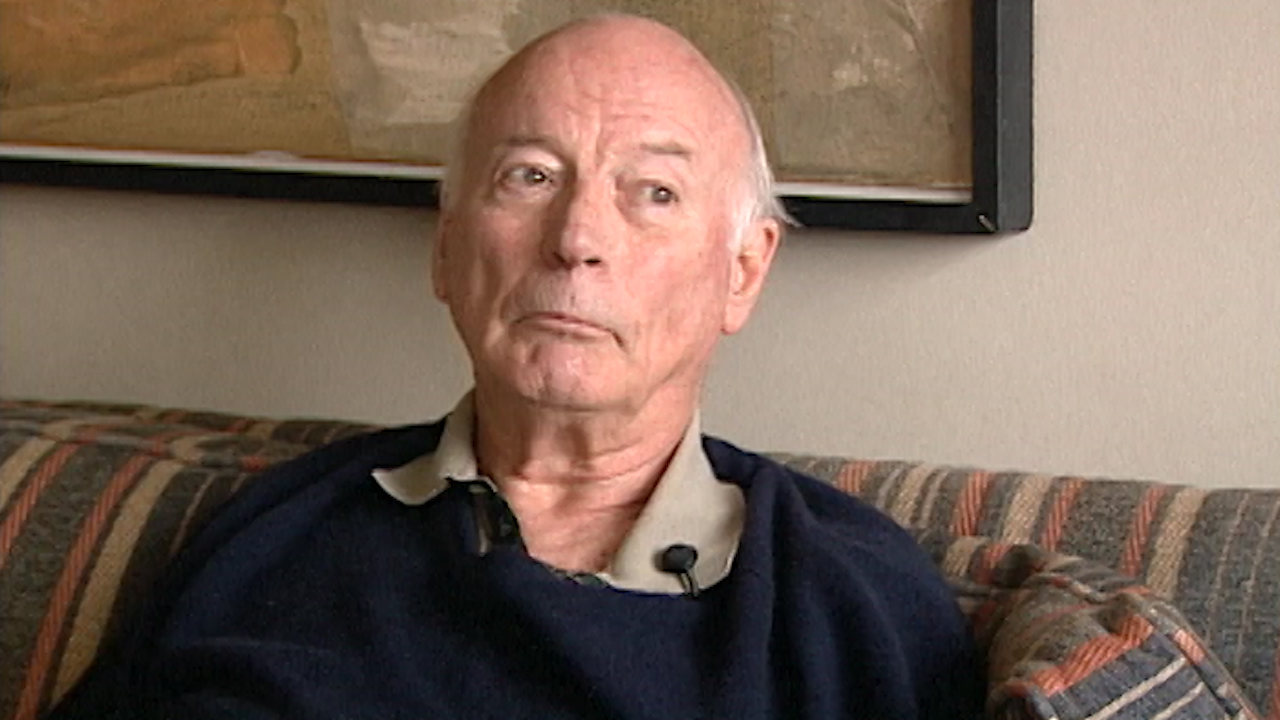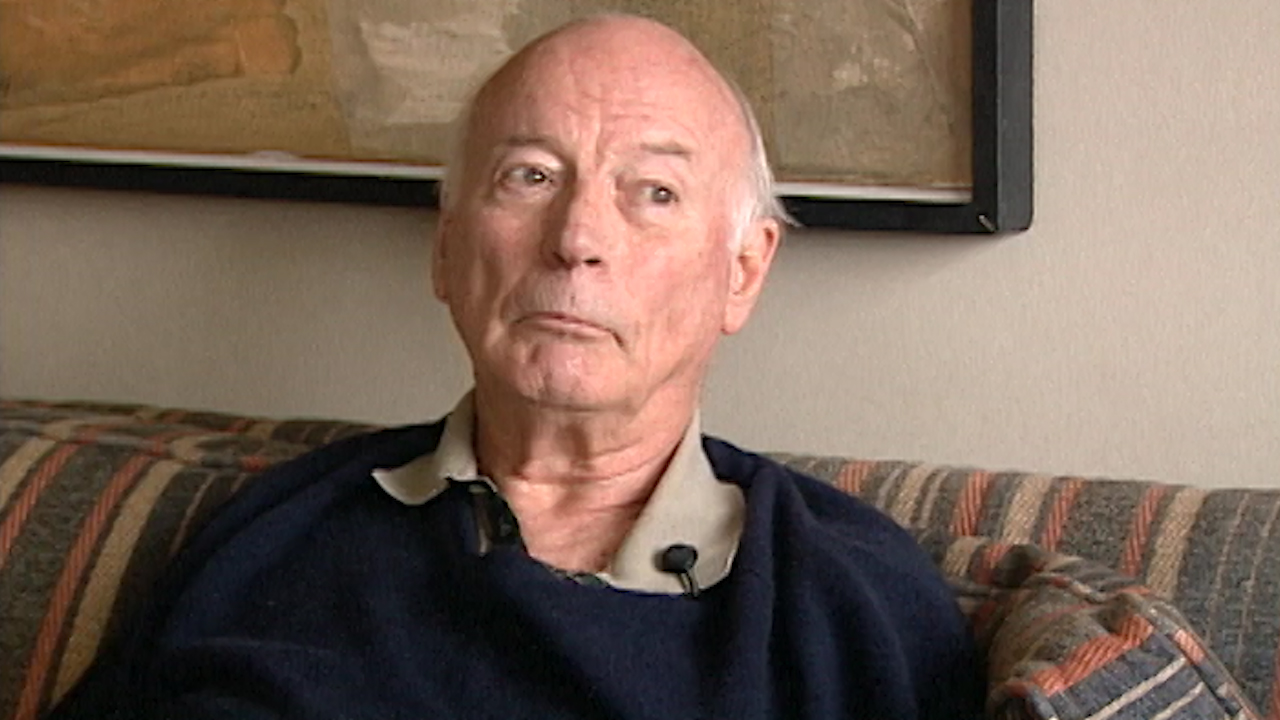Allied Fighter Superiority
Heroes Remember
Allied Fighter Superiority
Transcript
Description
Mr. Smith describes the superiority of Allied aircraft and fighter pilots as attrition decimated the German Luftwaffe.
Roderick Smith
Roderick Smith was born in Regina, Saskatchewan in March, 1922. He was the second of four children. His father, who had served in the First World War, was a land surveyor. Mr. Smith had been fascinated by propaganda leading up to the Second World War, so he enlisted in the Royal Canadian Air Force in 1940 following the completion of his Senior Matriculation. After pilot training in Canada, he was selected for overseas flying duty. His first tour of duty was on Malta and Mr. Smith’s impressive list of enemy aircraft destroyed began here. He was also shot down himself while on this tour. After returning to England, he joined 401 Squadron piloting new generation Spitfire 9's. Mr. Smith was in action on D-Day, and later did strafing runs in German held France. Later at Nijmegen, he destroyed several more enemy aircraft, including the shared kill of a prototypical ME-262 jet fighter. Mr. Smith retired with the rank of Flight-Lieutenant, DFC and Bar, with thirteen destroys, 1 shared and ½ possible to his credit.
Meta Data
- Medium:
- Video
- Owner:
- Veterans Affairs Canada
- Duration:
- 2:08
- Person Interviewed:
- Roderick Smith
- War, Conflict or Mission:
- Second World War
- Location/Theatre:
- France
- Branch:
- Air Force
- Units/Ship:
- 401 Squadron
- Rank:
- Flight Lieutenant
- Occupation:
- Pilot
Related Videos
- Date modified:





